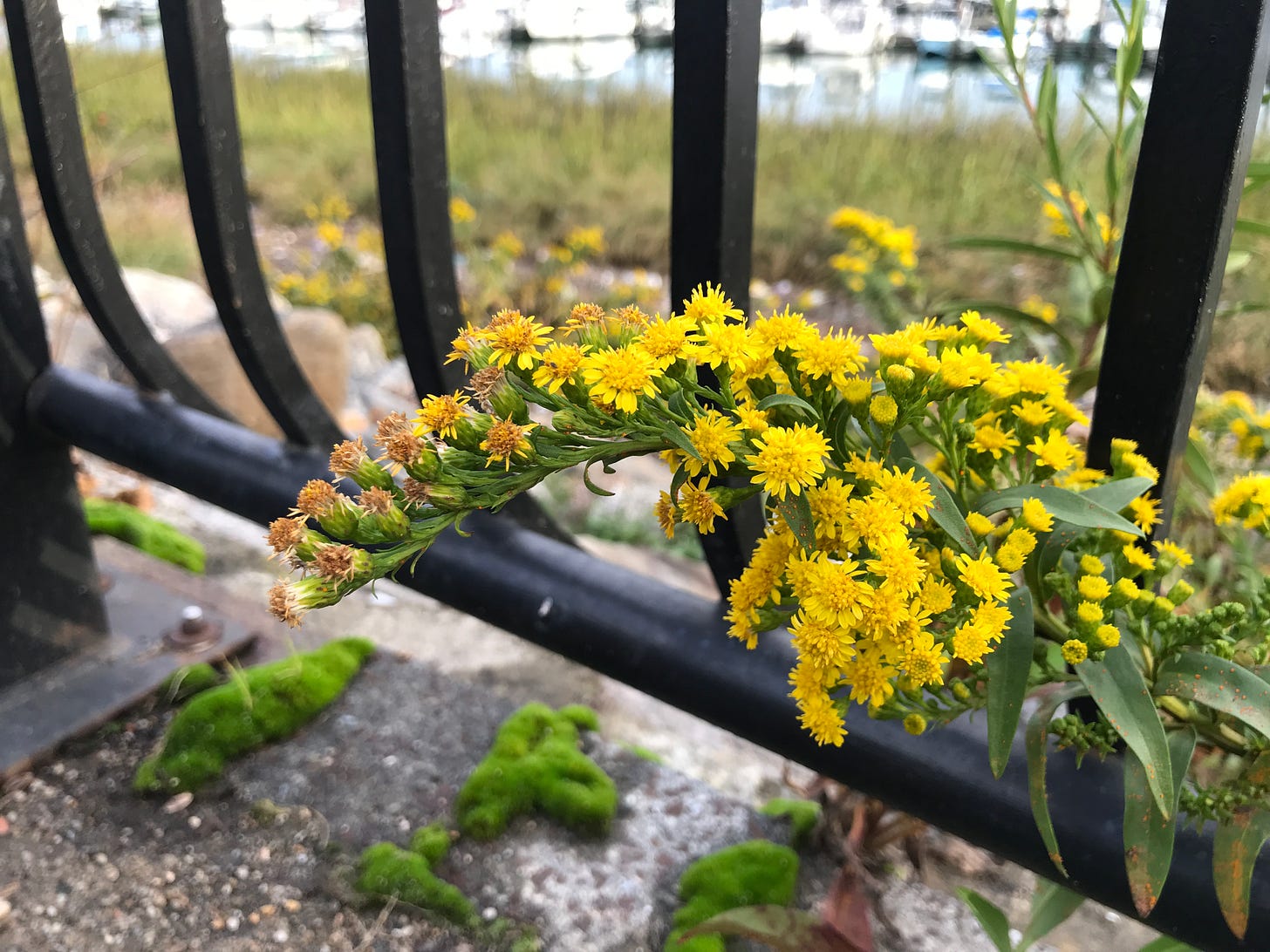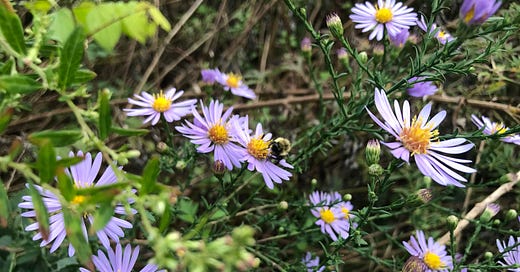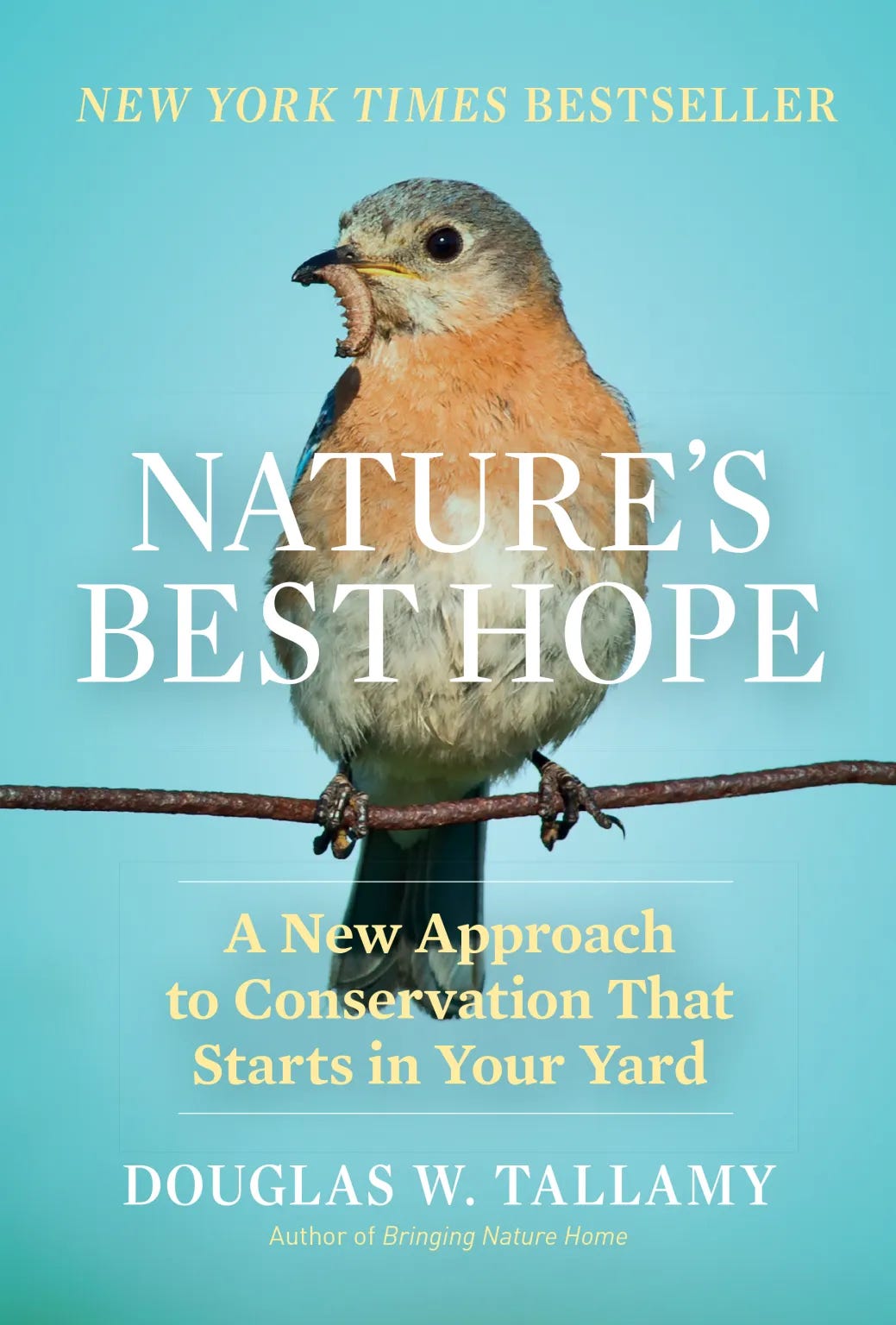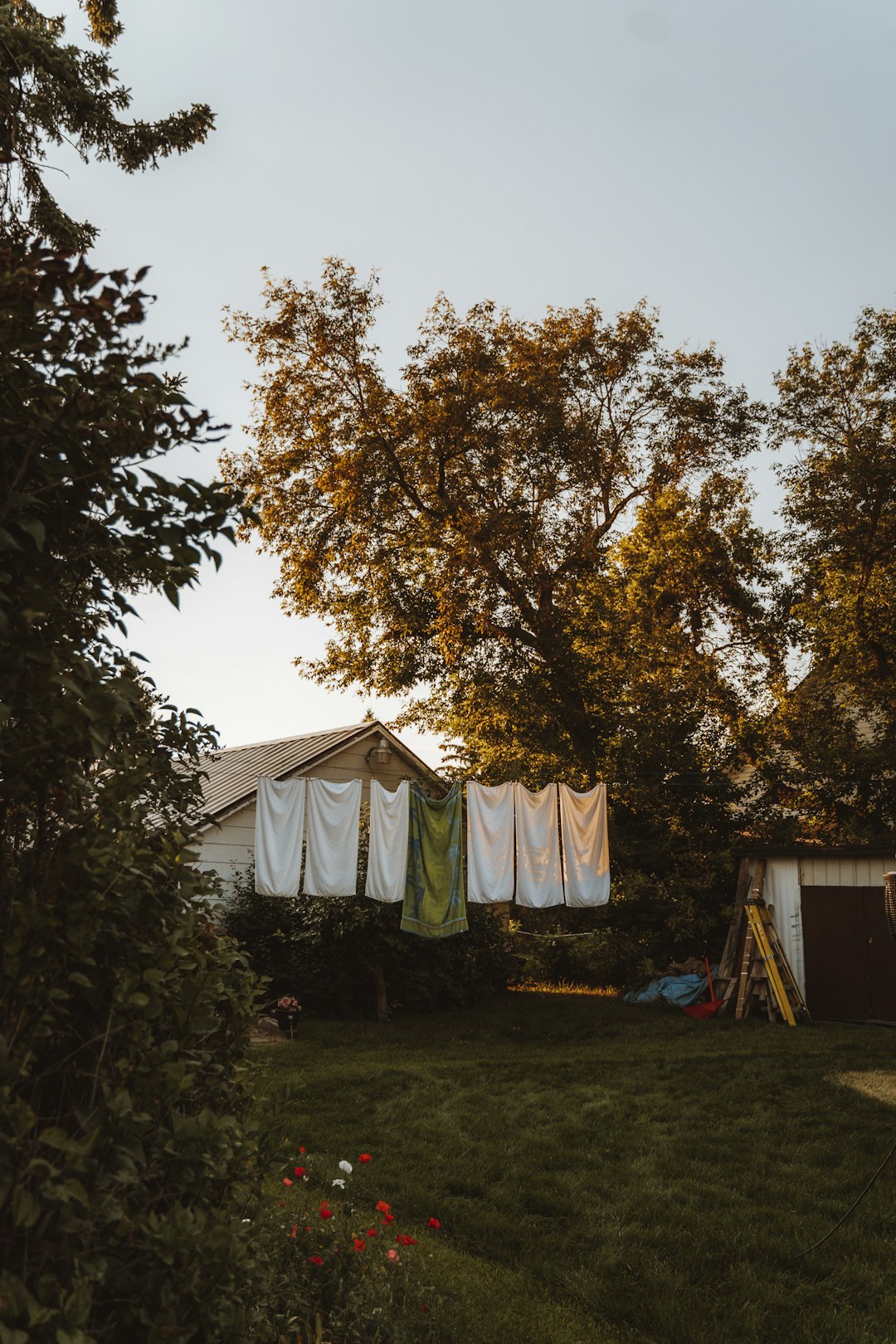This newsletter is part of Living Small’s monthly Living Landscapes about sustainable gardening. Living Landscapes is becoming it’s own newsletter in 2024: Sign up here!
I received my first harsh email about LIVING SMALL, and while it stung a teeny bit, it also felt like some kind of milestone? The writer was upset with what they perceived to be an abundance of affiliate links1 in my past newsletters, and said basically, I only want to pay for your newsletter, if I don't feel like I’m being influenced to buy more things. I appreciate this sentiment, and I strive not to push you to consume.
So friends, I have to be upfront: This week I want to influence you to buy something—or maybe just borrow it. However you choose to do it:
I want you to read a book.
Sometimes a book can change your worldview, and such was the case when I first read Doug Tallamy’s book Nature’s Best Hope. I can clearly recall how the book found me: I was searching the Libby app2 for titles that were available to borrow during the early part of the pandemic. I think I liked the image of the bird on the cover. I’m a sucker for the word hope. I had never heard of Doug Tallamy.
Before reading this book, I’d been aware of the campaign to promote native plants. I understood that invasive plants were crowding out the local plants that had always grown in places, including in the forests near me that are overrun with multiflora rosa, barberry, and garlic mustard. I knew lawns were an ecological nightmare and that pesticides were poison (I think I wrote my first organic lawn care story back in 2005).
But until I read Doug Tallamy I didn’t truly understand why all that mattered. I thought it was about saving the plants and avoiding toxic chemicals, which to be sure are admirable ambitions. I didn’t realize it was about saving the whole darn ecosystem, which PS, we humans are a part of.
Tallamy is an entomologist, which means insects are his specialty, and as it turns out, it’s the spiders, moths and especially caterpillars that we need all those native plants for. You’re probably aware that wildlife populations are dropping, and maybe you’ve seen the headlines about global insect decline or the monarch butterfly becoming an endangered species. Tallamy artfully explains how this is all connected: Plants and insects co-evolved together over millennia. A caterpillar can’t just eat anything: It requires a specific host plant. Birds and other wildlife need those insects to survive, especially when they are rearing their young, who cannot eat seeds and berries. But wild places are fewer and further between; habitat and the ecosystems that have evolved over thousands of years are falling apart.
Tallamy’s proposed solution is for all of us to plant more native species in our own backyards (and in our schoolyards, business places, and parks)—to recreate nature right at home. He imagines private property transformed into meaningful habitat and all those yards linked together forming a conservation corridor. He calls it our homegrown national park (and has started a non-profit to promote the concept). It’s a beautiful idea.
In the face of climate change and the biodiversity crisis, we so often feel powerless, but Tallamy argues we can make a real impact with how we garden and care for our yards—even us city dwellers (see Chapter 10).

I reread Nature’s Best Hope before sending out this newsletter to make sure it was as good as I remembered, and it was. On my run, yesterday I couldn’t help but notice the goldenrods and asters that will feed the monarchs on their long trip back to Mexico. I feel newly inspired to plant more native flora in my own backyard, and I remembered how much this book had opened my eyes about nature.
I hope you’ll feel the same way after reading it. This newsletter has a small but engaged audience (more than 70-percent of you open it each week!). I’m hoping all of you can help stitch a little more habitat together.
My sincere apologies for the hard sell, but if I can influence you to buy something, this book is it.
Nature’s Best Hope is available wherever books are sold, and I hope you’ll buy it from your local bookseller, but if not you can find it on Amazon and Bookshop
Further reading.
If “fall cleanup” is on your to-do list, listen to (or read) Margaret Roach’s conversation with Doug Tallamy in this episode of her podcast. Margaret also wrote eloquently about Doug’s later book The Nature of Oaks in her ’A Way to Garden’ column for the Times. A useful fact I learned from this piece: A thick layer of oak leaf litter can deter two invasive species: Japanese stiltgrass and Asian jumping worms, which I have often observed can be found in the same place.
If you enjoy Nature’s Best Hope, and want to get started on changing your own yard, Tallamy also co-wrote a fantastic illustrated book with landscape designer Rick Darke, The Living Landscape, which is worth buying for its plant index alone. You can also look up the best native plants for your area through the National Wildlife Federation’s site here (Tallamy’s long-time research assistant helped create the database).
There’s also a kids’ version of Nature’s Best Hope, which I have not seen yet. When I interviewed Doug Tallamy for an article for Parents magazine, he recommended the book Grandma Lisa's Humming, Buzzing, Chirping Garden, which appears to be out of print. If you’re curious to read that article I wrote, reply to this email and I'll send you the pdf!
Related posts from the archive:
+ The most-clicked link from last week:
This mediation on an object not earning its keep by
.3 More Things

Gardens in unexpected places.
It was such a delight to interview Brook Klausing and Rebecca McMackin about their design for the Brooklyn Museum’s lawn-turned-meadow for Gardenista. (I guess old habits die hard because it somehow ended up being a piece of service journalism). This Washington Post gardening story (gift link) was an interesting read with awesome photos, but definitely one to file under ‘inspiring but out of reach.’ Have I mentioned how much I ove this idea of bus shelter roofs turned into gardens for bees and butterflies?
Content is a dirty word.
“To hear people talk about ‘content’ makes me feel like the stuffing inside a sofa cushion,” [Emma Thompson] said at the Royal Television Society conference in Britain last week. Thompson’s quote and this whole piece about “content creations” and the writers’ strike struck a chord with your humble newsletter author (gift link).
Itching to sew.
This piece in The Atlantic got me thinking about how I can increase my basic sewing skills, little by little, as writer Ann Friedman suggests. Maybe I’ll try to make this? I interviewed Claire Beaumont, a clothing repair expert, for a recent assignment, and when I asked her what books are in her sewing library, she pointed to the Singer Sewing Reference manuals from the 1980s. (Here’s a full set, but there are many individual books for much less).
One last thing: THIS is #goals
If you enjoyed this post, please share this with a friend: Substack newsletters like LIVING SMALL thrive on word of mouth and this week’s edition is free!
An affiliate link is a shop-able link that will send a tiny commission back the the original poster, if the person ends up buying the item. If you’ve never heard of it before, here’s a good article about it from The Atlantic. I include affiliate links (mostly to books) in the the hope that I can generate a little extra income to support the newsletter.
If you are not using Libby yet, you should be! This app lets you borrow ebooks and audiobooks from your library seamlessly. It is not hyperbole to say it has been life changing.









My neighbor who is a master gardener only has native plants in his yard and has been encouraging me to do the same. I thought how can this make a difference? Sounds like a book I need to read. Thank you for the recommendation.
I love this book so much! It found me right after a move as we were planting a blank slate of a lawn. I had not enjoyed the native plant community before this book. My experience is that some corners of the native plant world can be dogmatic and have big gender, race, and class problems. Tallamy offers a much more realistic and joyful option, I think, by inviting gardeners to add important native plants without feeling they must give up all other plants. We now have a joyful jumble of native and non-native plants and I’m happy to report the bugs and birds have found us 🙂